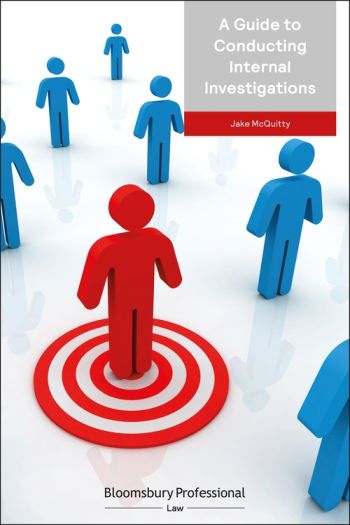
An internal investigations can be undertaken by a company or firm as a precursor to anticipated regulatory action, or for many other reasons. A Guide to Conducting Internal Investigations explains what a good regulatory investigation looks like whilst guiding investigators through the myriad of issues that can arise. It also dismantles many of the preconceptions and myths which have grown up around investigations in the post-financial crisis environment.
Investigations are part of the 'business as usual' lifecycle for regulated firms. But there is no regulatory blueprint for what is accepted practice or accepted standards. This puts firms at a disadvantage with their regulators.
Providing expert guidance on every step of a regulatory investigation including who should carry out the investigation, the scoping and planning, the interviewing and witness handling, how best to cooperate with the authorities, employee conduct and performance investigations, investigating senior staff, press, PR and Corporate Comms and litigation risks A Guide to Conducting Internal Investigations redresses the balance and provides a much needed blueprint for firms who find themselves in this position..
A Guide to Conducting Internal Investigations is a new practical resource for all firms and individuals that may find themselves the subject of, or be asked to assist in, a regulatory investigation or enforcement action.